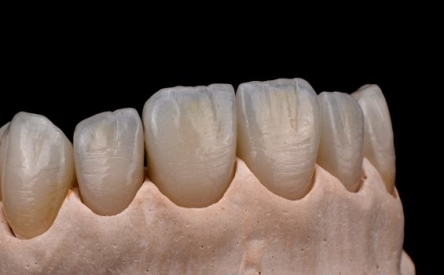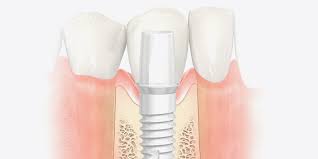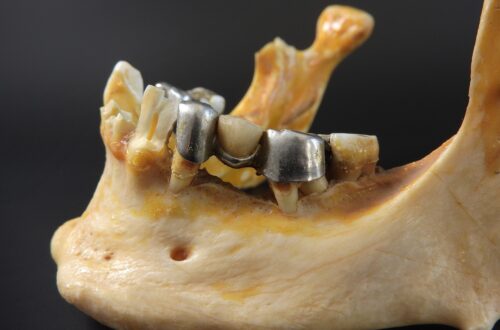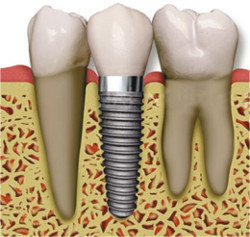
What is an Osseointegration Process after Implantation?
After implantation, an osseointegration process is needed in order for the implant to become fully functional and for any clinical benefits to be realized. This involves the creation of a chemical bond between the implant and the surrounding bone tissue. Depending on how long it takes and how much bone is used, this process can take from a few weeks to six months or even longer. However, there are faster processes available as well. These incorporate different technologies that will help accelerate the healing process and improve functionality of implants.
Each adult person is responsible for his own health. Unfortunately, not everyone is aware of the fact that any negligence brings negative consequences for the day. More than half of adults struggle with missing teeth, but they don’t see it as a problem. Any gaps must be filled! I recommend using the services of Implanty Poznań to prevent the loss of bone tissue in the oral cavity. Otherwise, jaw bone reconstruction may be necessary.
Mechanical Bonding
In dentistry, we can often see implants used as a bridge to bridge a gap between teeth. While this is an important use of implants, another possible function of implants is to offer a long-term solution to replacing missing bone. When mechanical bonding occurs, the patient’s own tissue is used to create a chemical bond between the implant and the surrounding bone. This is achieved through the use of a special glue which is applied to the surface of the implant and the area surrounding it. To make the process more efficient, the implant is often placed in the jawbone of the patient’s own bone. The glue is then “activated” by the body’s natural blood flow. Once activated, it “seals” the implant in place and creates a strong bond between the implant and the surrounding bone.
Chemical Bonding
When implantation involves the use of a synthetic material, the goal is for the body to dissolve the material and create a chemical bond with the surrounding bone tissue. This is the most common synthetic material used for dental implants. The process of chemical bonding is used to create a strong bridge between the implant and the bone of the patient. The implant is first coated in a special glue which is activated by the body’s natural blood flow. Once activated, it “seals” the implant in place and creates a strong bond between the implant and the surrounding bone.
Rapid Heating Process
One of the fastest ways to complete osseointegration is by using a rapid heating process. This is often used in conjunction with the chemical bonding method to create a strong bond between the implant and the surrounding bone. The implant is first coated in a special glue which is activated by the body’s natural blood flow. Once activated, it “seals” the implant in place and creates a strong bond between the implant and the surrounding bone.
Nanotechnology For Osseointegration
Nanotechnology is an emerging field of science and medicine that focuses on creating and using materials at the nanometer scale. It is a field that is still being researched, but some believe it could be used to create synthetic biomaterials at the cellular level. For example, one study looked at how the body could process a nanoscale biomaterial—that could be used in dental implants—using the same mechanism used to process proteins in the body. This could mean the implant and surrounding bone would be able to create a stronger bond by “re-purposing” the body’s own mechanism.
Did you know that a very small number of people of the same age have missing teeth? What rarely, rarely do I pay attention to the fact that this is a serious problem! Deficiencies remaining without the need to maintain until the bone disappears, then it is necessary to rebuild the jaw bone. In order not to support it, take care to fill in the gaps. Update to be supplemented with additions as part of Implanty Poznań services.
Conclusion
Osseointegration is a process that is used when replacing an extractable implant with a QCP or CPP implant. This involves the use of bioactive or nanoscale biomaterials in order to create a chemical bond between the implant and the surrounding bone. These technologies are still being researched, but there are signs that they could soon be on the horizon. As these technologies continue to become more advanced, it could mean that Osseointegration could become a more common procedure in the near future.





